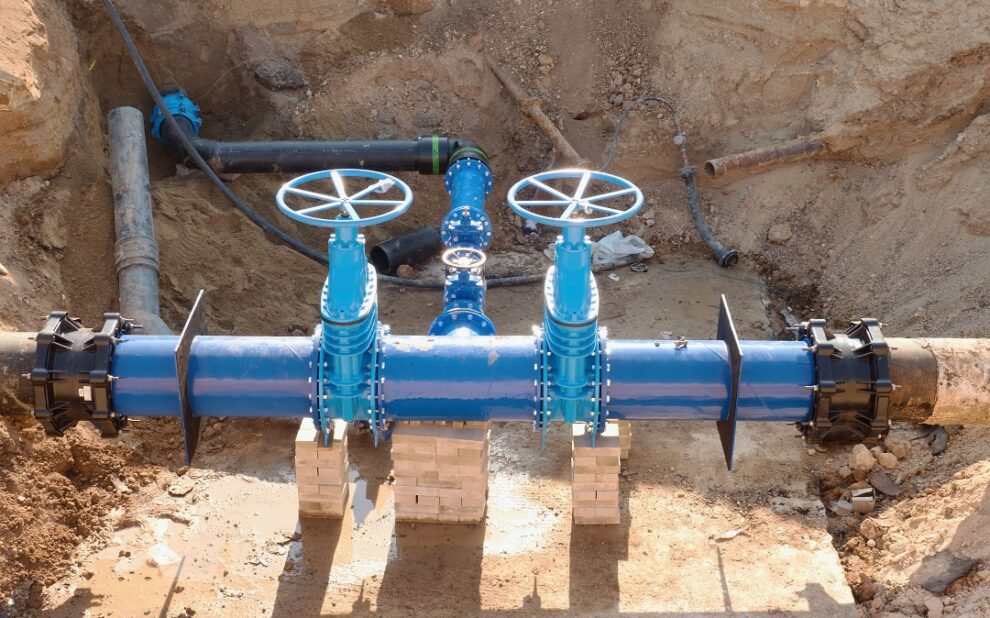In the simplest terms, a hydraulic power system is a combination of electric motors, valves, pumps, water and actuators. Hydraulic energy refers to the energy produced through the hydraulic system used by pressurized water or other hydraulic fluids to generate mechanical power. And to identify the actuator force and to single out pressure levels that determined machine operations ought to occur, pressure control valves are used.
So precisely, hydraulic energy is a generated energy produced while converting kinetic energy to mechanical energy, which involves an electric motor and a fast running water supply. If the hydraulic pump is faulty or the liquid force doesn’t circulate back to the water tank during non-action periods, the errors can cause substantial water wastage and expensive plumbing repairs.
As one of the most popular systems frequently incorporated in the heavy-duty machinery industry and water supply networks, hydraulic system troubleshooting is vital, so it is essential to know all the system components.
Some of the telltale signs of hydraulic system problems include slow operation, elevated temperatures, downstream issues, and more. The hydraulic system failures can still be quite challenging to identify; however, using faulty or poor quality pressure control valves can be one of the common causes.
How Do Pressure Control Valves Work In The System?
Water pressure is one of the critical factors of the water supply and distribution system. As a rule of thumb, the average water pressure in the central, high-value districts should be between 60 and 70 PSI. Pressure control valves are directly involved in keeping the water pressure running consistently.
In other words, pressure-control valves are one of the most vital components of every hydraulic system, used as industrial safety control equipment installed in the water supply network. These valves’ joint forces regulate the maximum allowable system pressure and protect the fluid flow pumps from any damages caused by excessive water pressure.
As a hydraulic system controlling device, these valves also keep fluid pressures below the upper limit to regulate different pressure sets and provide a faster return of the loss control measures like fluid leakage or overflowing. These pressure control valves have many control loops set for each operating range and sensors and transmitters to detect and measure internal water pressure irregularities of the control loops. Through the sensors and transmitters, pressure control valves immediately regulate their pressure to the closest value of the desired setpoint.
Types of Pressure Control Valves in Hydraulic System
Different pressure control valves are responsible for various functions, including pressure relief, pressure reduction, sequence, unloading and counterbalancing. The two most common types of pressure control valves are the pressure reducing valve and pressure relief valve. Pressure reducing valves limit the maximum water pressure and reduce the pressure supplied to a water supply network sub-system. Pressure relief valves control the system pressure by relieving the flow to the tank.
Generally applied in high-low pump circuits, the unloading valves discard excess fluid to the tank with little to no pressure. Unloading valves also send extra flow produced from a retracted oversized-rod cylinder’s cap end to the tank.
On the other hand, counterbalance valves prevent and protect the hydraulic system from pressure shocks by allowing free liquid flow in one direction. With closed 2 way valves, the sequencing valves regulate the sequence that various functions in a circuit by allowing pressurised fluid to flow in the particular course.
In combination, the pressure control valves enable system pressure regulation to adjust the hydraulic force on a torque or piston rod of the motor shaft, maximising pressure in the circuit and protecting it from overflowing.
Importance in the Water Supply Network
From the environmental point of view, water is one of the most scarce and mindlessly used natural resources customarily wasted. A million gallons of water are being wasted every day, not just by the end-users or water utilities but also by water supply and distribution channels through water leakage, water pipe and hammer bursts, water pressure controlling and metering inaccuracies.
When a wide range of supply system conditions is concerned, it’s essential to identify what kind of pressure transgressions are epoch-making to the water supply system performance, efficiency and the overall economics. This is why, despite being the infrastructure of water transmission and distribution to all the municipal establishments, water supply networks are highly reliant on pressure control valves to limit the maximum pressure, to reduce water wastage due to inefficient pressure and overall flow management.
Here are a few more reasons why pressure control valves are the most important industrial control equipment in water supply networks=
- Energy efficiency: Since pressure control valves are throttling devices, it generates energy to be consumed inside the valves. This means that pressure control valves directly control actuator sequence and reduce pressure loss of the valve and energy control, making sure of better control quality.
- Strength and adaptability: Pressure control valves are designed to undergo different operating conditions and temperature, pressure, flow fluctuation. So these valves can be installed in a variety of different product applications under any requirements and poor stream conditions.
- Reduced workforce and material resources: An industry-standard set of pressure control valves reduce the significant number of detection components, controllers, transmitters and manpower involved in water supply channels.
- Easy installation and minimum maintenance: One reason why pressure control valves are so crucial for water supply management is their self-acting principles with easy installation minimum maintenance. Despite having a set of complex pressure control and measure activities, pressure control valves don’t require external power.








Add Comment